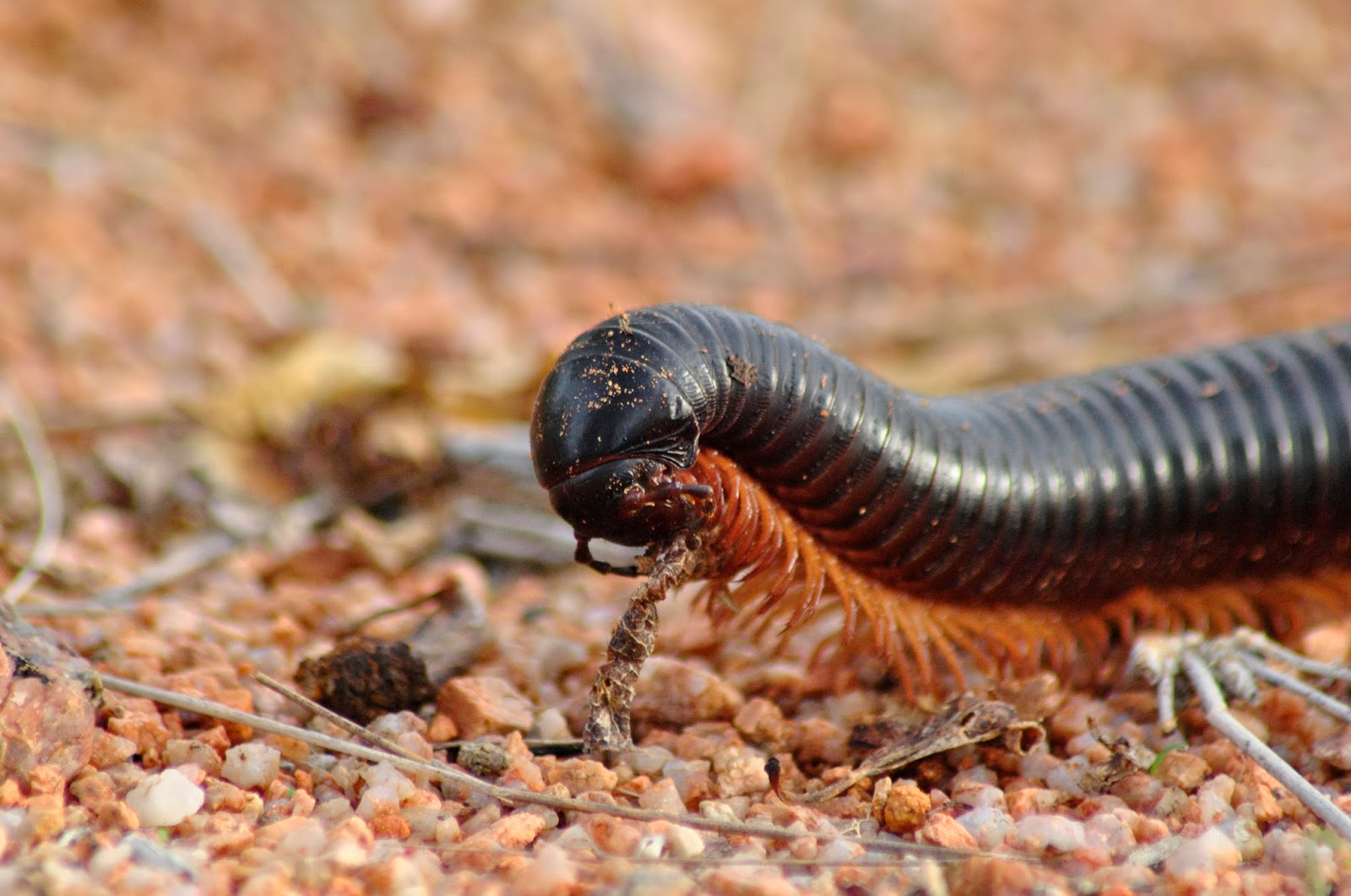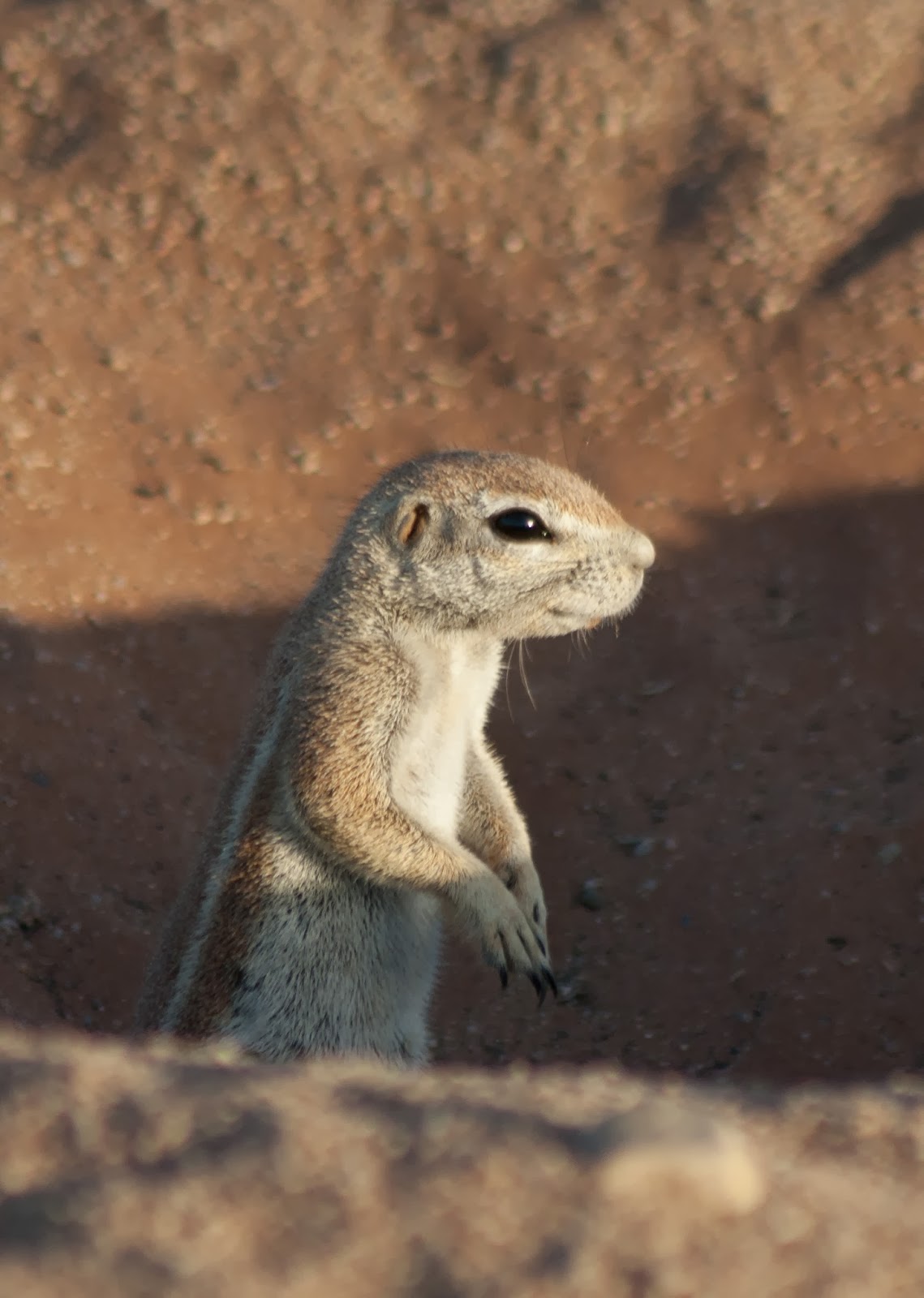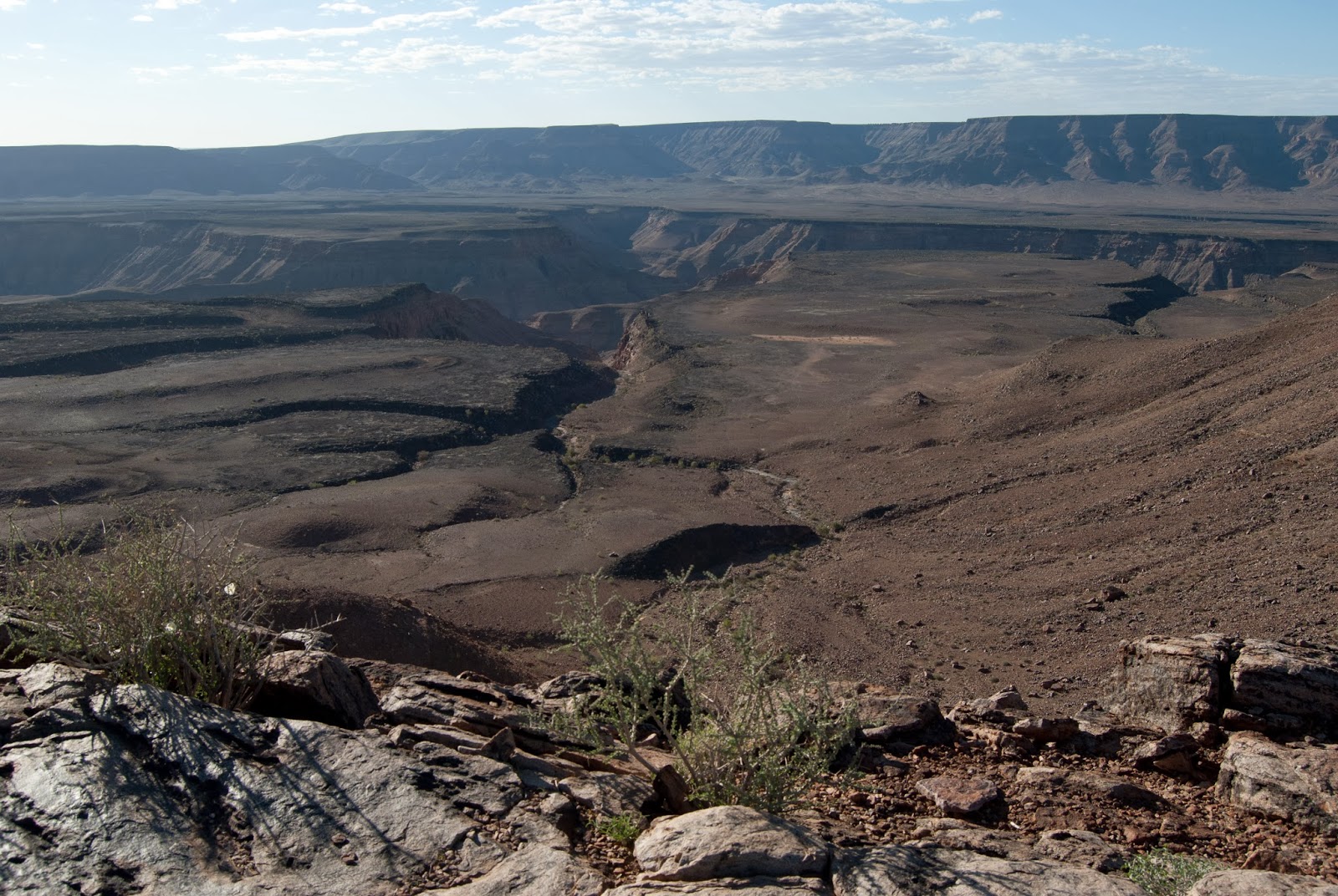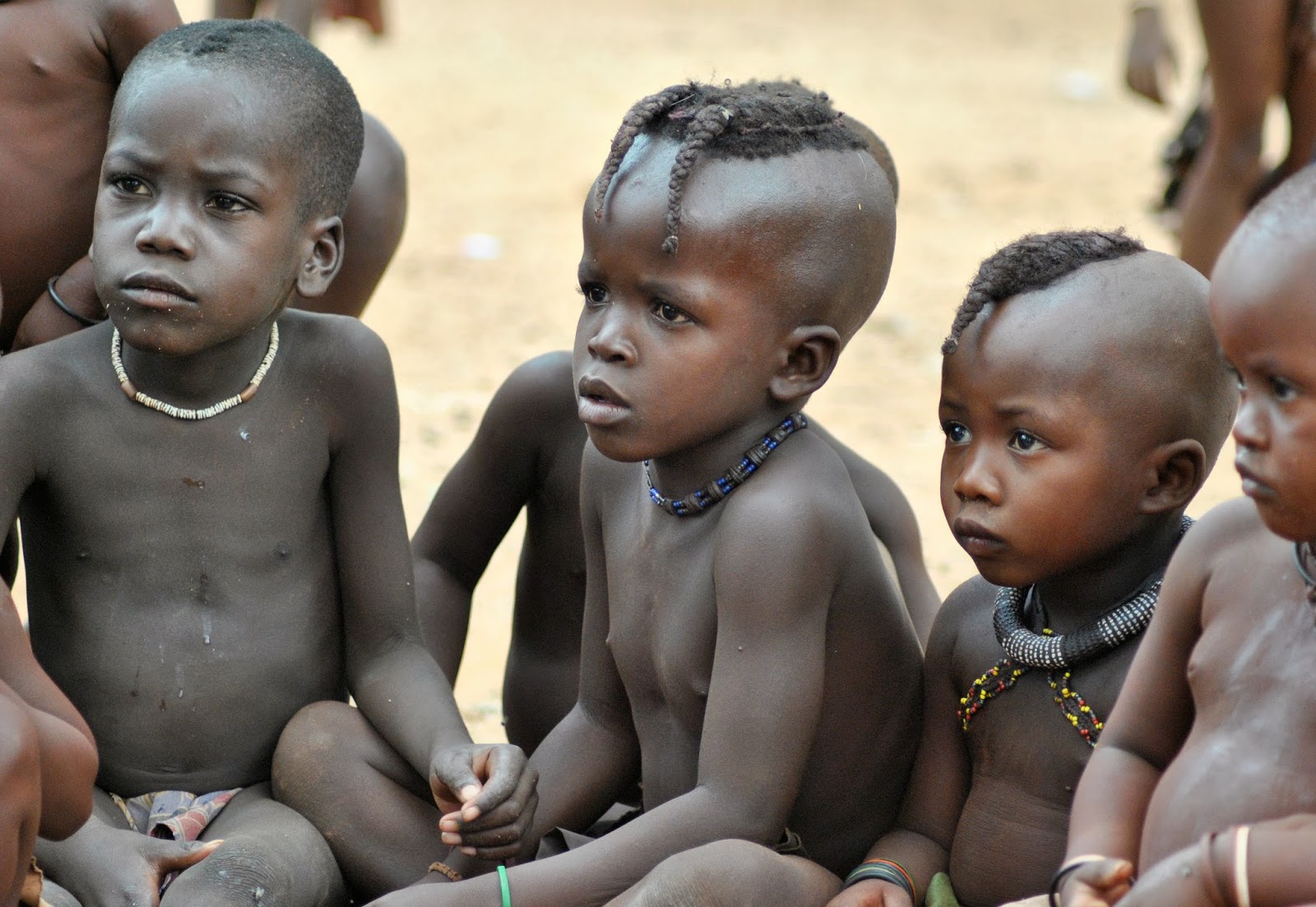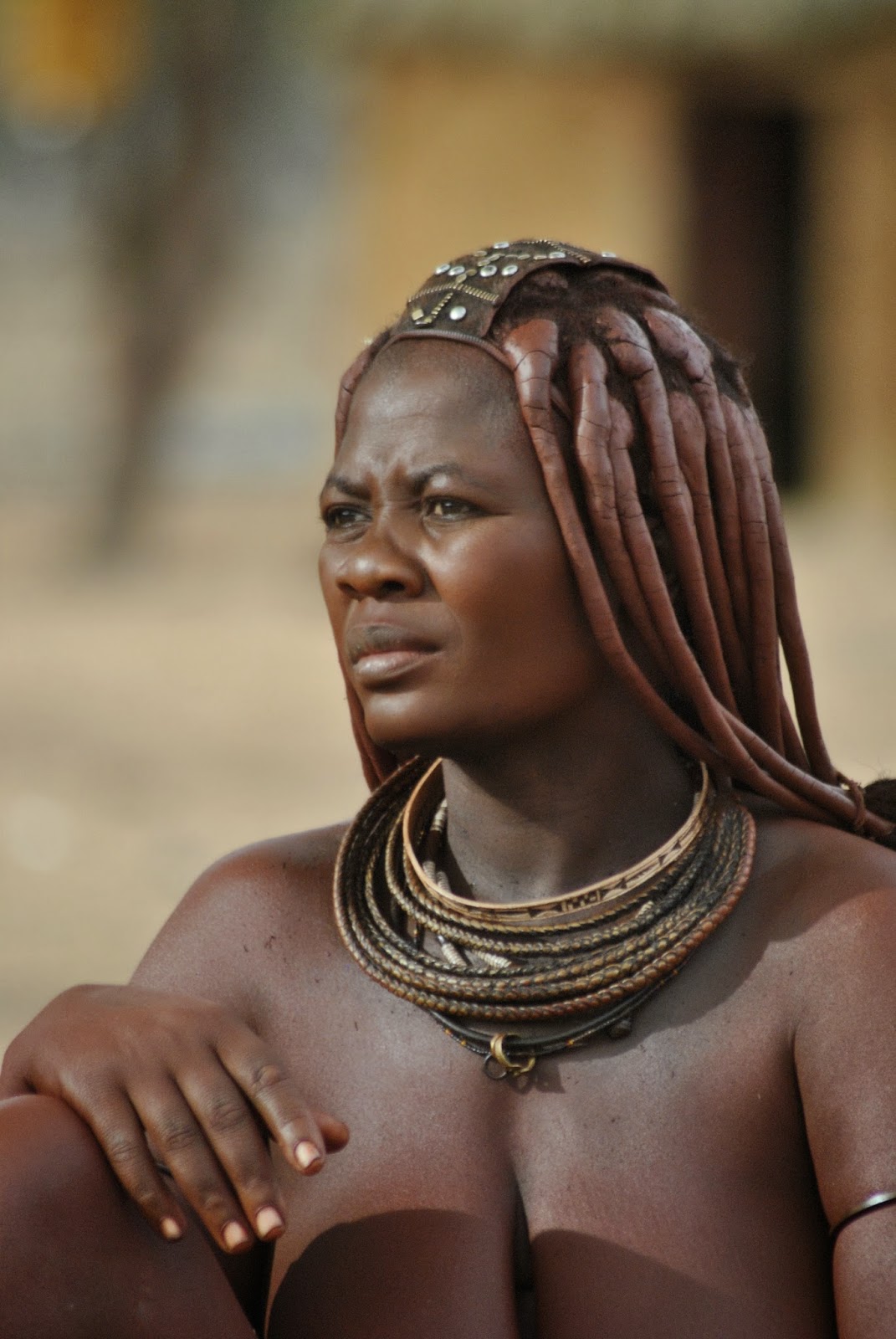Namiibia - Naukluft rahvuspark on onökoloogiline Namiibia kõrbe säilitusala . See on suurim park Aafrikas, mis hõlmab umbes 50000 km ² ja siia on kogunenud olendid, kes on kohanenud elama hüperkuivas piirkonnas, nagu maod , gekod, ebatavalised putukad, hüäänid ja šaakalid . Elu siin püsib Atlandi udu ja kohatise vihmasaju tõttu. Tuul on tekitanud siia kõrguvaid liivaluiteid , kelle põlenud oranž värv on märk nende vanusest, mida tumedam, seda vanem.
Need luited on kõrgeimad maailmas; kuulsaim neist on Düün nr. 45 , mis ulatub üle 170 m. Luited nummerdati ära, et oleks piirkonnas lihtsam liikuda ja juhuslikult on Düün 45 ka 45 km kaugusel Sesriem kanjonist . Ja millised vaated! Eriti päikesetõusu ajal, kui selle otsas olime.
Külastasime ka Deadvlei orgu koos 900 aastat tagasi surnud puudega, mis endiselt seisavad ja on väga maalilised.
Fotod:
Namibia - Naukluft National Park in Namibia is ecological wilderness preservation area. It is the largest park in Africa, covering about 50,000 km ² and has gathered here for the creatures that have adapted to live in hyper-dry region, such as snakes, geckos, unusual insects, hyenas and jackals. Life here remains of the Atlantic due to the fog and occasional rains. Wind is created here towering sand dunes, whose burnt orange color is a sign of age, the darker the parent.
These dunes are the highest in the world, the most famous of them is the number Dune no. 45, which extends over 170 m. Dunes were numbered off that it would be easier to move to the area and randomly Dune 45 is also 45 km from Sesriem Canyon. And what views! Especially at sunrise.
We also visited the Deadvlei valley 900 years ago with the dead trees that are still standing and is very scenic.
Photos:














